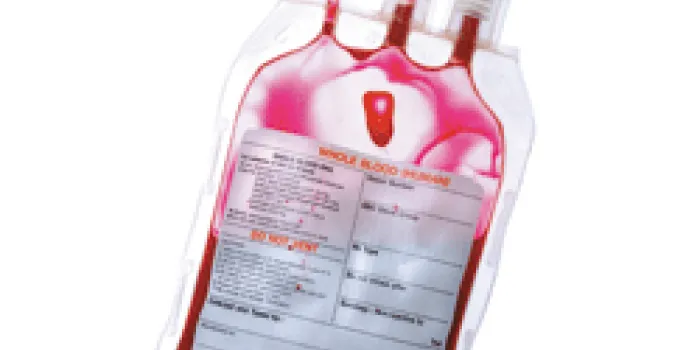With the US Food and Drug Administration’s approval of Immucor’s PreciseType™ HEA Test in May, blood typing just got better. This novel approach uses DNA to identify the presence of dozens of antigens, foreign substances that cause mismatches and complications. The new system uses coded beads that bind to specific genes and emit light signals. A computer software program then decodes the light signals, predicting which antigens are present on the donor’s and recipient’s red blood cells (RBCs).
The goal of blood typing is to avoid alloimmunization, in which the recipient’s immune system sends antibodies to destroy the infused RBCs from the donor. Of the approximately 5 million Americans who receive transfusions yearly, 2% to 6% are alloimmunized. But the rate climbs as high as 36% for those who need multiple transfusions annually due to blood disorders or certain types of cancers. This new blood test is expected to ensure closer donor-recipient blood transfusion matches, reducing the number of complications.
Source: fda.gov

